disaster
Khagaria-Bhagalpur bridge collapse will affect water biodiversity in region
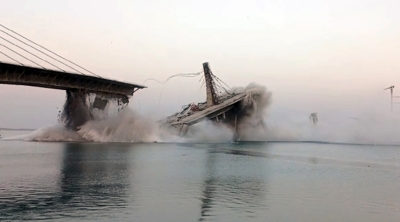
Collapse of Khagaria-Bhagalpur bridge over the Ganga river will have a long-lasting effect on the water biodiversity of the region, as per environmental experts.
Ashok Ghosh, the professor of Mahavir Cancer Institute and former chairman of Bihar state pollution control board told: “Such a big chunk of concrete structure falling into the Ganga will have a big environmental effect for a long time. It will deeply hurt the water biodiversity of the river in this region. The water-borne animals will be adversely affected by it.”
“Unlike silt, the concrete structures used in the making bridges are non biodegradable materials. Hence, there is no question of the concrete structures dissolving in water. The iron rods may turn into rust after coming in contact with water but it is a slow process which takes years. Also, the ongoing projects of cleaning the river will also suffer a big jolt due to the bridge collapse,” Ghosh said.
The concrete structures of such a massive amount change the flow of the river as well. It makes the river more shallow in the region which leads to flooding. Khagaria in particular is affected by floods in the monsoon sessions. The fresh structural disaster would create more trouble for people living in the region,” Ghosh said.
Bihar is located in the low lying area of Himalayan range. As a result, a large number of rivers like Kosi, Kamla Balan, Gandak, Parman, originate from Himalaya and its water cross various North Bihar districts to finally fall in Ganga river.
The biggest challenge of the state government is the silt carried by these rivers and its accumulation in the low-lying areas of North Bihar and in the Ganga river. It makes the rivers more shallow by disturbing the natural drains. It turned worse after the drainage system of various districts were developed in an unplanned manner. The water comes from the Himalayan range but does not return or exit to other sides due the ill drainage system.
disaster
Air India plane crash: 144 victims identified by DNA tests, recovery efforts intensify
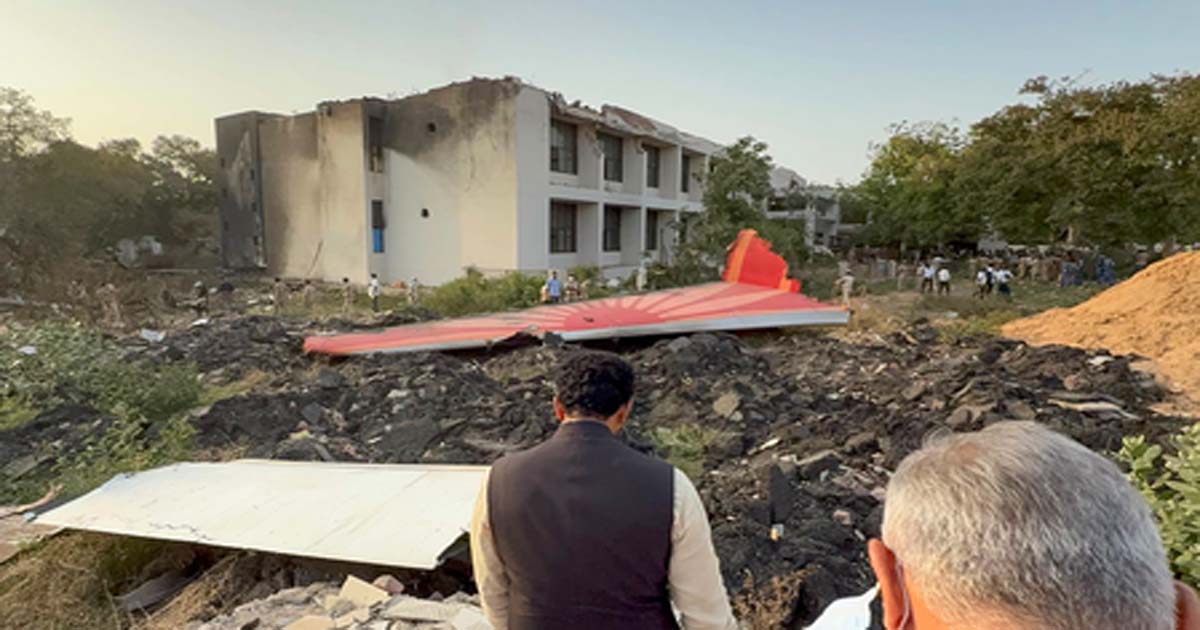
Ahmedabad, June 17: Four days after the devastating crash of Air India flight AI-171 en route from Ahmedabad to London, authorities have confirmed that 144 DNA samples have been successfully matched as of noon Tuesday, according to Gujarat Minister of State for Home, Harsh Sanghavi.
The identification process is being led by a combined team from the State Forensic Science Laboratory (FSL) and the National Forensic Sciences University, working around the clock to bring clarity to grieving families.
“This is a highly sensitive and emotional task. Every match is not just a technical confirmation, but a step toward giving closure to families waiting in anguish,” an official from the forensic unit said.
Emergency response teams remain stationed at the crash site in Meghaninagar, where investigators continue to recover personal belongings and body fragments amidst the wreckage.
Authorities have stated that all efforts are being made to ensure the dignity of the deceased and transparency in communication with the victims’ relatives.
Tata Group, which re-acquired Air India in 2022, has announced an ex gratia payment of Rs one crore to the families of each of the deceased from the AI‑171 crash near Ahmedabad. In addition, Air India has immediately released an interim relief payout of Rs 25 lakh per family — and to the lone survivor — to cover urgent needs.
The group will also cover all medical expenses for the injured and pledged financial support for rebuilding a damaged hostel at BJ Medical College. Chairman N. Chandrasekaran described it as “one of the darkest days in the Tata Group’s history.”
As of June 17, rescue and recovery efforts at the Ahmedabad crash site of Air India flight AI-171 remain intense and deeply coordinated. Over 300 firefighters, supported by 60 fire vehicles and 20 water bowsers from Ahmedabad, Gandhinagar, Vadodara, ONGC, and other nearby agencies, continue to clear debris and extinguish smouldering wreckage.
On the ground, three NDRF teams, 150 CRPF officers, Indian Army personnel, and teams from the CISF, BSF, and Western Railway Disaster Management are conducting systematic searches for remains and missing belongings.
Specialised sniffer dogs are aiding in the recovery of human remains, while Ahmedabad Police, responding to disturbing reports, have deployed animal rescue teams to safely relocate stray dogs scavenging at the crash site.
disaster
Ahmedabad plane crash: Probe intensifies after 2nd black box recovered
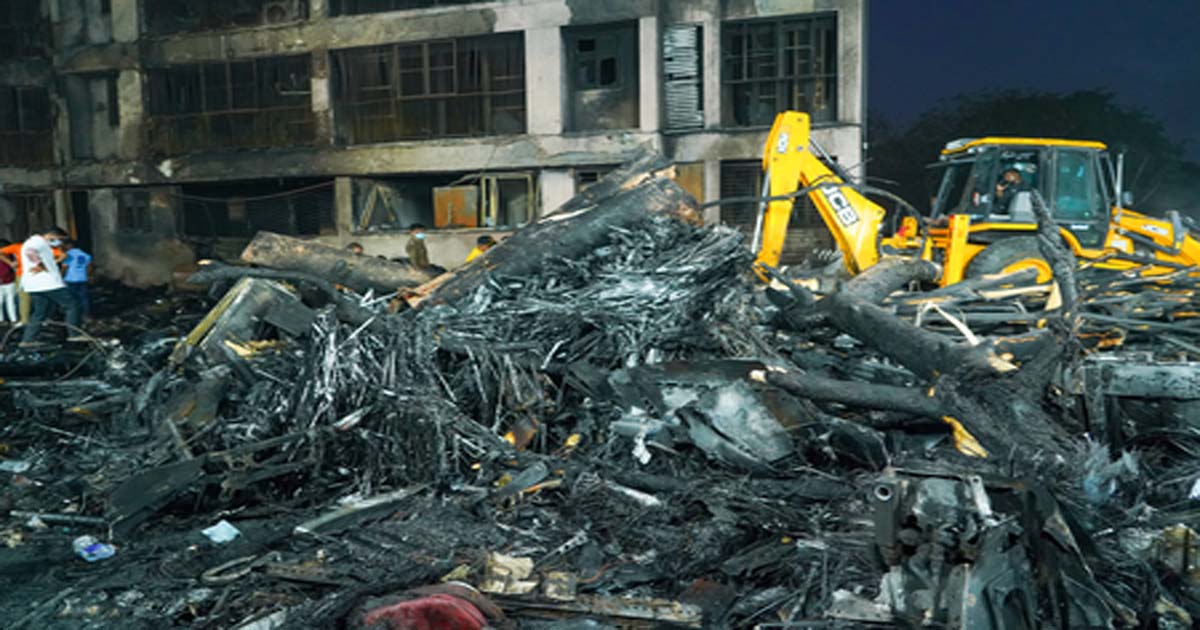
Ahmedabad, June 16: After the second black box, which is a critical component in determining the cause of the crash, was recovered, the investigators have intensified the probe in the Air India crash case.
The Cockpit Voice Recorder (CVR), commonly referred to as the second black box, was retrieved from the cockpit section of the wreckage.
This comes days after the Flight Data Recorder (FDR) was recovered from the tail end of the aircraft. The Cockpit Voice Recorder (CVR) captures all audio inside the cockpit, including conversations between pilots, radio transmissions, alarm sounds, and any background noise in the final moments before a crash.
It is a crucial tool for investigators, as it helps reconstruct the crew’s decision-making, identify possible human errors or mechanical warnings, and determine the sequence of events that led to an aviation incident.
Officials from the Aircraft Accident Investigation Bureau (AAIB) confirmed the findings, noting that both devices are in the process of being analysed. The CVR is expected to provide crucial insights into the final moments of the flight, including pilot communication and cockpit sounds, which may help investigators piece together the chain of events leading up to the tragedy.
The recovery was also acknowledged by P.K. Mishra, Principal Secretary to Prime Minister Narendra Modi, who visited the crash site on Sunday. During his visit, he reviewed ongoing investigation efforts and later went to the Civil Hospital, where injured passengers and local residents are being treated.
The death toll from the catastrophic Air India crash in Meghaninagar has risen to 270, officials have said. Among the deceased are 241 passengers who were on board the ill-fated flight, as well as several others who were present in nearby hostels, mess halls, and the surrounding residential area when the aircraft went down.
Meanwhile, the Gujarat government has declared a one-day state mourning on Monday in the state as a mark of respect to former Chief Minister Vijay Rupani, who lost his life in the Air India plane crash in Ahmedabad on June 12. All official functions and celebrations will remain suspended during the mourning period, and the national flag will be flown at half-mast across government buildings.
disaster
Over 1,000 shops gutted in devastating fire at Kolkata’s Khidirpur
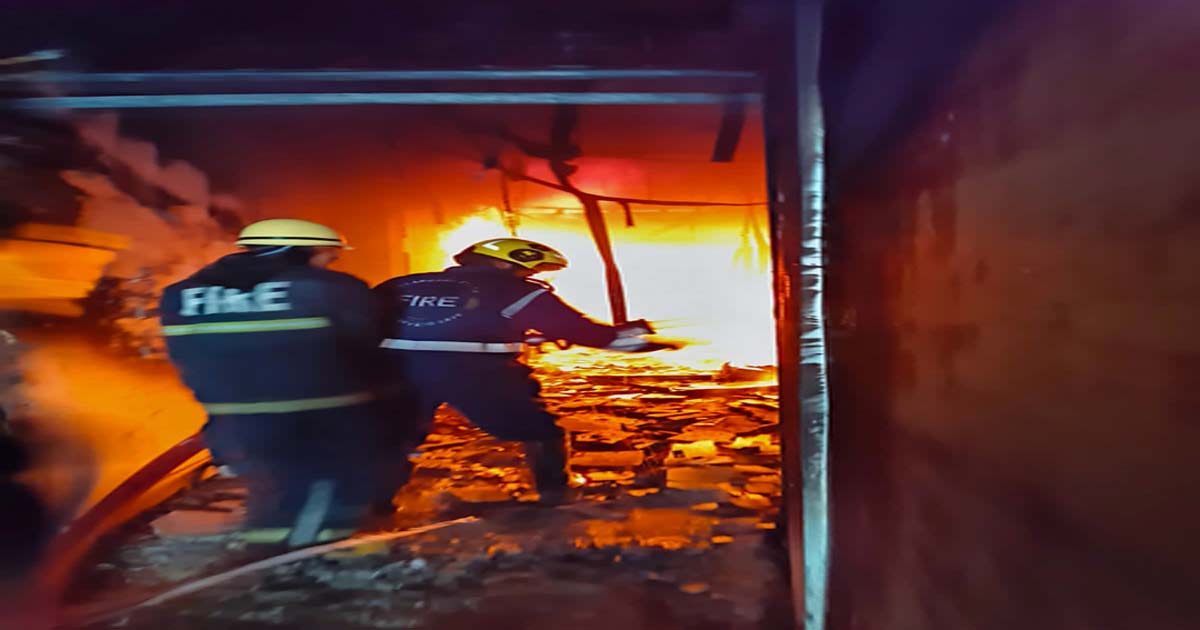
Kolkata, June 16: A devastating fire broke out at a busy marketplace in the Khidirpur area of South Kolkata, West Bengal, early Monday morning, gutting over 1,300 shops. No casualties have been reported so far.
A total of 20 fire tenders are already on the spot trying to bring the fire under control. An official of the state fire services department present at the spot said the fire had been brought under control to a great extent and to the point that it would not spread further.
“However, the problem that is now being faced by the fire-fighters is identifying the hidden ‘fire pockets’ and bringing them under control, following which it could be said that the situation is totally under control. After the task of identifying and deactivating the hidden ‘fire-pockets’ is over, the cooling process will start,” the fire department official said.
However, the local people have alleged that the fire would not have taken the devastating shape had the fire tenders reached the spot in time. The state fire services minister, Sujit Bose, who rushed to the place in the morning, however, denied the allegations.
“This is a baseless allegation. Since the requirement of fire tenders in this case was more, these vehicles reached the spot from multiple locations like Watganj and Garden Reach. The firefighters are risking their lives to bring the situation under control. At the same time, the owners of the shops were also negligent in adopting fire safety norms. I am not trying to blame anybody. But we will be investigating the matter,” Bose said.
However, the local traders, whose shops were gutted, claim otherwise. “First, the fire tenders reached late. Secondly, the vehicles that reached first did not have enough water. Thereafter, arrangements were made to pump water from the nearby flowing stream of the River Ganges. All these delayed the process to a great extent,” a local trader said.
It is learned that the fire was spotted at around 2 a.m. Besides informing the central control line of the state fire services department, the local people also started the initial task of firefighting. However, because of the congested area where the marketplace was located, the fire started spreading rapidly, and the entire market area came under the grip of fire within a very short period.
“Fortunately, the fire broke out at a time when there were hardly any people in the market area. Had the fire broken out in the daytime, there could have been several casualties. However, we fear that the value of the loss of property and assets because of the fire is huge,” said the fire department official.
-

 Crime3 years ago
Crime3 years agoClass 10 student jumps to death in Jaipur
-

 Maharashtra9 months ago
Maharashtra9 months agoMumbai Local Train Update: Central Railway’s New Timetable Comes Into Effect; Check Full List Of Revised Timings & Stations
-
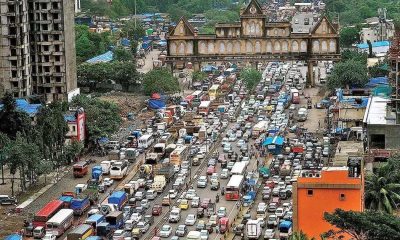
 Maharashtra9 months ago
Maharashtra9 months agoMumbai To Go Toll-Free Tonight! Maharashtra Govt Announces Complete Toll Waiver For Light Motor Vehicles At All 5 Entry Points Of City
-

 Maharashtra9 months ago
Maharashtra9 months agoFalse photo of Imtiaz Jaleel’s rally, exposing the fooling conspiracy
-

 Crime9 months ago
Crime9 months agoBaba Siddique Murder: Mumbai Police Unable To Get Lawrence Bishnoi Custody Due To Home Ministry Order, Says Report
-

 National News9 months ago
National News9 months agoMinistry of Railways rolls out Special Drive 4.0 with focus on digitisation, cleanliness, inclusiveness and grievance redressal
-
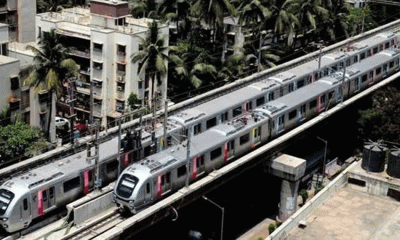
 Maharashtra8 months ago
Maharashtra8 months agoMaharashtra Elections 2024: Mumbai Metro & BEST Services Extended Till Midnight On Voting Day
-
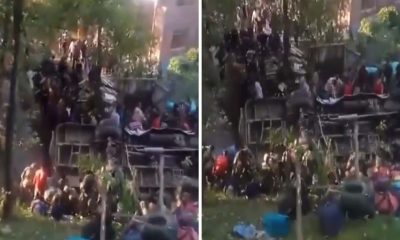
 National News9 months ago
National News9 months agoJ&K: 4 Jawans Killed, 28 Injured After Bus Carrying BSF Personnel For Poll Duty Falls Into Gorge In Budgam; Terrifying Visuals Surface












